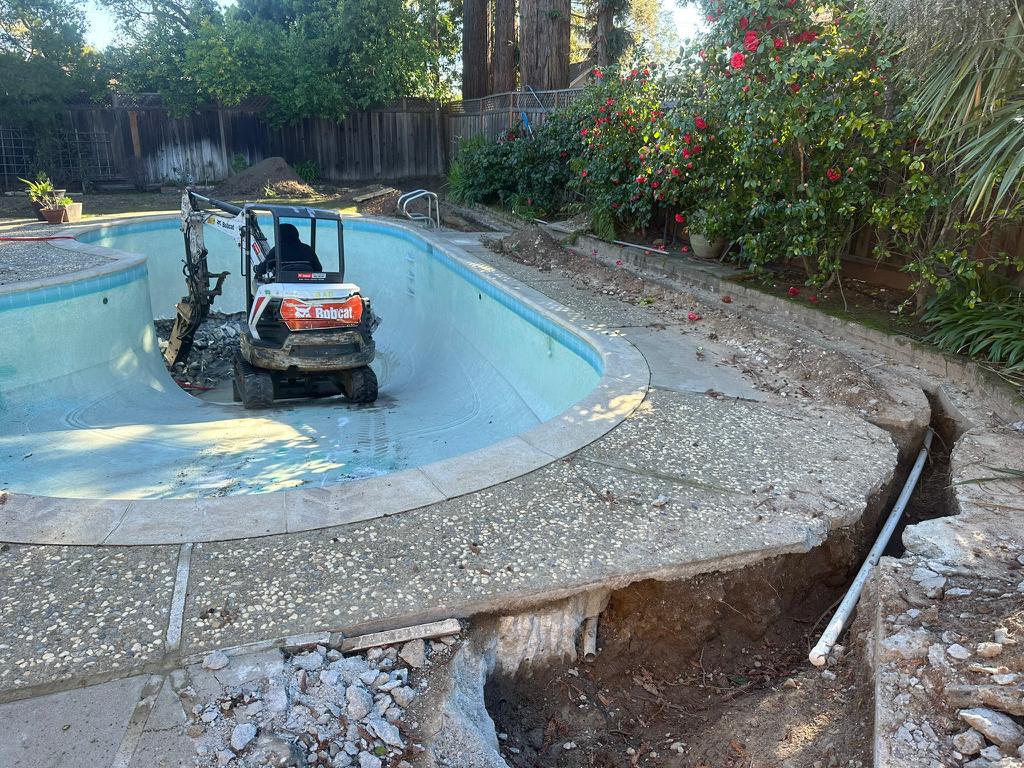The Comprehensive Guide to Pool Removal: Reasons, Methods, and Considerations
Swimming pools can be fantastic additions to any home, offering a refreshing oasis during the hot months, a fun environment for family and friends, and a potentially aesthetic enhancement to your property. However, there comes a time when a pool may no longer serve its intended purpose, or its maintenance and space demands outweigh its benefits. This is when pool removal becomes a viable option. This comprehensive guide delves into the reasons for pool removal, explores the different methods available, and outlines key considerations homeowners should keep in mind through the process.

Reasons for Pool Removal
- High Maintenance Costs: The ongoing expenses of cleaning, chemical balance, and heating can be substantial.
- Underutilization: When the pool is rarely used, its existence becomes more of a liability than an asset.
- Safety Concerns: Families with small children or pets might view the pool as a safety hazard.
- Insurance Costs: Owning a pool can increase homeowners’ insurance due to liability risks.
- Selling Your Home: Some buyers may view a pool as a negative, prompting the decision to remove it to appeal to a broader market.
- Repairs and Upgrades: The cost of necessary repairs or modernization can be prohibitive, making removal a more economical choice.
Methods of Pool Removal
1. Full Removal
This method involves the complete excavation and removal of the pool structure, including the shell and surrounding decking. It is the most thorough option and is often required by local regulations if you plan to build over the former pool area. Full removal is https://poolremovalorlando.com/contact-us/ more expensive and time-consuming but leaves the property with no restrictions on future use.
2. Partial Removal (Pool Fill-In)
Partial removal is a more cost-effective method, where the pool is drained, and holes are punched in the bottom for drainage. The sides may be partially demolished or left as is, and the area is then backfilled and compacted with dirt and gravel. This method is quicker and less expensive but may not comply with all local regulations and can limit future property development.
Key Considerations
- Local Regulations and Permits: Always check with your local building department for specific requirements and obtain necessary permits before beginning work.
- Choose a Reputable Contractor: Look for a contractor experienced in pool removal to ensure the job is done safely and effectively.
- Understand the Impact on Property Value: Consult with a real estate professional to understand how pool removal might affect your home’s market value.
- Landscaping Plans: Consider the future use of the space post-removal. Whether you plan to garden, erect a new structure, or simply lay grass, planning ahead can save time and money.
- Disposal of Materials: Ensure your contractor has a plan for the responsible disposal of the pool materials, whether through recycling or lawful dumping.
Conclusion
Pool removal is a significant decision that comes with its own set of challenges and considerations. Whether driven by practical, financial, or safety concerns, the process requires careful planning, adherence to local regulations, and thoughtful execution. By understanding the reasons behind pool removal, familiarizing yourself with the methods available, and considering the key factors involved, you can make an informed decision that best suits your property and lifestyle needs.
Leave a Reply